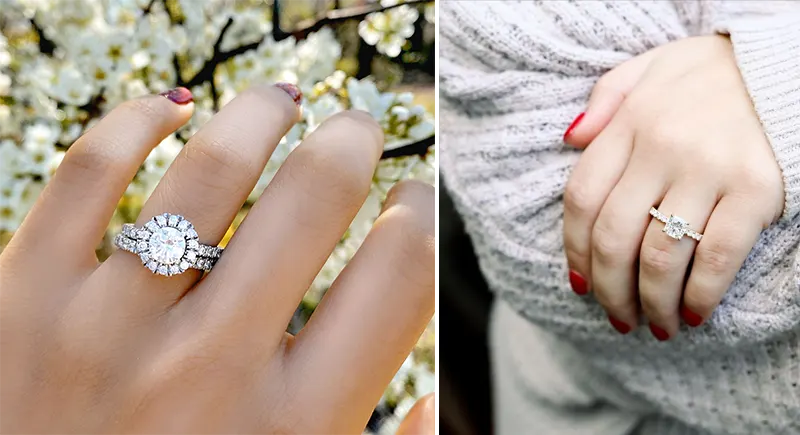In the opulent courts of France, where elegance and luxury intertwined, the role of the court jeweler was indispensable. Tasked with the creation of stunning pieces of jewelry, including the engagement ring, tiaras, and ornate necklaces, these artisans were more than mere craftsmen; they were trusted advisors to the royalty they served. Their influence extended beyond aesthetics, as they played a significant role in the politics and culture of their time.
Historical Context of the Court Jeweler
The position of the court jeweler emerged in the late Middle Ages, becoming particularly prominent during the Renaissance and Baroque periods. As French royalty sought to showcase their wealth and power, they commissioned intricate jewelry pieces that reflected their status. The court jeweler was responsible for sourcing precious materials, including diamonds, gold, and exquisite gemstones. This required not only skill in design and craftsmanship but also an acute understanding of the market and trends in jewelry fashion.
Key Figures in French Royalty
One of the most notable court jewelers was Jean-Baptiste Tavernier, who served under King Louis XIV. Tavernier’s journeys to India allowed him to bring back some of the most spectacular diamonds the world had ever seen. His expertise helped shape the royal jewelry collection, including pieces that adorned the royal court during extravagant ceremonies. The relationship between the court jeweler and the king was one of mutual trust and dependence; the king relied on the jeweler’s advice for investments in gems and jewelry, while the jeweler relied on the king for patronage and prestige.
The Role of the Court Jeweler
The court jeweler’s responsibilities extended far beyond mere craftsmanship. They were often involved in the selection of gems and the design process, ensuring that each piece was not only beautiful but also symbolically significant. Jewelry served as a statement of power, love, and allegiance. For instance, engagement rings crafted by court jewelers were not only tokens of affection but also represented dynastic alliances and political maneuvering. A well-chosen engagement ring could solidify alliances between families and strengthen the monarchy’s position.
Personal Relationships with Royalty
Court jewelers often formed close relationships with their royal patrons. This trust was essential, as jewelers were privy to sensitive information and significant decisions regarding the royal family. For example, when a royal engagement was planned, the court jeweler would be consulted to create a piece that encapsulated the couple’s love and the family’s heritage. These pieces often featured intricate designs that reflected the personality of the wearer and the values of the family.
The Impact of Fashion Trends
The court jeweler was also a trendsetter, influencing jewelry fashion in France and beyond. As styles evolved, jewelers adapted their creations to reflect current tastes. The shift from elaborate, heavy designs to more delicate, intricate pieces marked the transition into the Rococo period, where elegance and refinement became paramount. The engagement ring, too, evolved during this time, with more emphasis placed on the symbolism of the gem rather than sheer extravagance.
Conclusion
In conclusion, the court jeweler was more than just a creator of exquisite jewelry; they were trusted advisors who shaped the visual language of French royalty. Through their craftsmanship, they crafted not only beautiful engagement rings but also powerful symbols of love, allegiance, and identity. Their legacy continues to influence the world of jewelry today, reminding us of the intricate connection between art, politics, and personal relationships in the grand narrative of history. The importance of these artisans cannot be overstated, as they left an indelible mark on the royal courts of France and the broader landscape of European jewelry design.
The court jeweler’s role serves as a testament to the enduring significance of jewelry in human culture, particularly in its ability to convey messages of love, loyalty, and status across generations.










